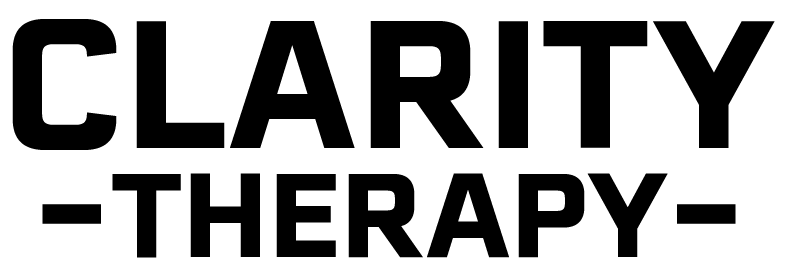How Boundaries Are Developed: A Deep Dive into Chapter 4 of Boundaries
Ever wonder why setting boundaries feels so hard? Maybe you grew up in a home where saying no was met with guilt trips, or where your needs weren’t considered important. According to Dr. Henry Cloud and Dr. John Townsend, our ability to set and maintain boundaries is developed over time—starting in childhood.
In Chapter 4 of Boundaries, the authors explore how we learn (or fail to learn) boundaries and what we can do to develop them as adults. If you’ve ever struggled with feeling responsible for everyone else’s happiness or guilty for prioritizing your own needs, this chapter is a game-changer.
🏗️ Boundaries Aren’t Inherited—They’re Built
Let’s bust a myth: You aren’t born with strong boundaries. They’re not something you “just have.” They’re built through life experiences, parenting, and relationships.
Key takeaway: If boundaries weren’t modeled for you growing up, it’s not your fault—but it is your responsibility to develop them now.
👶 The Four Stages of Boundary Development
Cloud and Townsend outline four key developmental stages that shape how we handle boundaries as adults:
1️⃣ Bonding (Infancy) – Learning That We Are Loved
In early infancy, babies develop attachment—a deep, secure bond with caregivers.
If a child feels consistently safe and loved, they grow up with a strong sense of self.
When bonding is disrupted or inconsistent, it can lead to fear of abandonment or difficulty setting boundaries later in life.
💡 If you struggle with people-pleasing, it may stem from early attachment issues.
2️⃣ Separation (Toddler Years) – Learning That We Are Separate
Toddlers start asserting independence ("No!" and "Mine!" become their favorite words).
This is when we first learn to say no—and when healthy parents respect that no.
If a child isn’t allowed to express autonomy, they may grow into adults who:
Feel guilty for setting boundaries
Struggle to say no in relationships
Believe they must comply to be loved
💡 If you always feel like you “owe” people something, this stage might have been disrupted.
3️⃣ Individuation (School-Age) – Learning to Make Choices
Kids start exploring who they are apart from their family.
They develop opinions, interests, and preferences.
If parents smother or control children during this phase, they may grow up feeling uncertain about their own needs and choices.
💡 If you find yourself waiting for permission to do things, this stage may have been stunted.
4️⃣ Maturity (Teen to Adult) – Learning Responsibility
This is when accountability comes in: learning that actions have consequences.
A healthy environment allows teens to make decisions and mistakes without shame.
If parents overprotect or over-control, teens may struggle with responsibility as adults.
💡 If you fear making mistakes or taking responsibility, you may still be stuck in this stage.
🚦 What Happens When Boundaries Aren’t Developed?
When these stages are disrupted, we may struggle with:
🔹 Guilt when saying no (because we weren’t allowed to as kids)
🔹 Feeling overly responsible for others’ emotions and problems
🔹 Fear of disappointing people (because love felt conditional)
🔹 Struggling with self-identity (because our choices were never respected)
But here’s the good news: Boundaries can be learned at any stage in life. 🎉
🎯 How to Start Developing Stronger Boundaries Now
✔ Step 1: Recognize where your boundaries were shaped.
Think about how boundaries were modeled (or not) in your childhood.
✔ Step 2: Start practicing small “no’s.”
Say no to minor requests before tackling bigger ones.
✔ Step 3: Give yourself permission to prioritize your needs.
You don’t have to justify self-care, rest, or saying no.
✔ Step 4: Learn to tolerate discomfort.
Setting boundaries will feel awkward at first—but that doesn’t mean it’s wrong.
🚀 Challenge: This week, notice when you say yes out of guilt—and try saying no instead.
Final Thought: Boundaries Are a Skill, Not a Personality Trait
If you weren’t taught how to set boundaries as a kid, that doesn’t mean you’re doomed to a life of overcommitment and burnout. You can learn, practice, and grow. And the more you do, the more freedom, confidence, and peace you’ll gain.
💬 Which stage of boundary development do you relate to most? Drop a comment below!
📖 Want to dive deeper? Read Chapter 4 of Boundaries by Dr. Henry Cloud & Dr. John Townsend.
📌 Reference
Cloud, H., & Townsend, J. (2012). Boundaries: When to say yes, how to say no to take control of your life. Zondervan.
